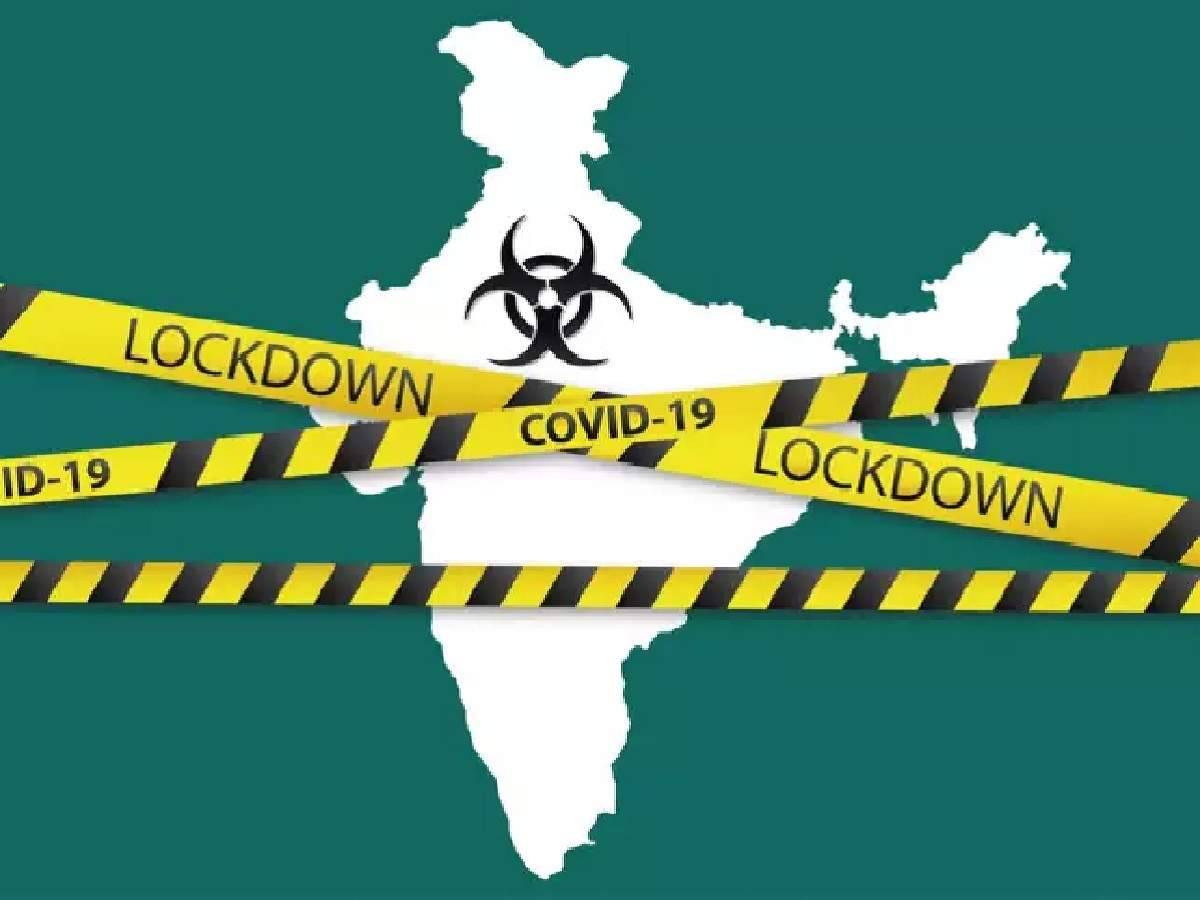It is intresting as well as surprising to see that the terms “lockdown” and “curfew” have not been defined under Indian laws but are used to curtail the Fundamental right of movement enshrined under Article 19 of the constitution but this can’t be termed invalid as this right is subject to reasonable restrictions under Article 19(2).
There are constitutional issues with the lockdown. The rights of people to work to earn their daily wages might lead to violation of Article 21 , shutting of all business might violate Article 19()(g), restrictions on people moving between states be violation of Article 19(1)(d).
Epidemics as grounds for emergency?
Article 352 of the constitution deals with proclamation of an emergency . As it originally was before the amendment an emergency could be proclaimed on grounds of war, external aggression and internal disturbance . During emergency Article 353, permits
- The central government to direct any state on how to use its executive powers
- Permits parliament to make laws even in matter of subjects in state list
Article 358 suspends Article 19 during emergencies. Article 359 suspends enforcement of fundamental rights during emergencies.
Indira Gandhi invocation of ‘internal disturbance’ as a ground to impose emergency prompted the Janta party government which came into power in 1977 to introduce the 44th amendment to the constitution . This substituted ‘internal disturbance’ as a ground with ‘armed rebellion’ . This may have been beneficial that time but the term internal disturbance was broad and expansive. The drafters of the constitution were conscious that all kinds of emergency could not be anticipated and addressed and an element of flexibility that phrase ‘internal disturbance’ provides was essential.
It is important to note that the report of Sarkaria commission , which had been set up to examine centre state relations , that internal disturbance was meant to convey more than simply internal violence. Infact, it says that such an internal disturbance may even be man made or nature made and would include epidemic , earthquake , cyclones etc.
Therefore, while such panic situation and mass lawlessness triggered by the corona virus could be easily addressed under the internal disturbance , but the existing measures by invoking an emergency under Article 352 on the grounds of war, external aggression and armed rebellion – would not cover such a situation.
There is always this doctrine of necessity which is found on the principle “ necessitas non habet legem” it means necessity knows no law . So in this time of corona we should not lose sign of the creative ability of the law to uphold its own majesty.
So, the law which has been invoked by the central government is Epidemic Disease Act, 1897. This 1897 law has its object “better prevention of the spread of dangerous epidemic disease” and the irony is it doesn’t even define what is an ‘epidemic disease’.
Section 2 of this law says that if the government is satisfied that the state or any part is visited by any outbreak and the ordinary laws are insufficient , it can take or empower any person to take measures. The law may give freedom to the executive to act, but we must remember that this law was a pre-constitutional law , it was enacted by a colonial power when the country didn’t even have a constitution and post 1950 , the limitations of fundamental rights have to be read into the same.
Under our constitutional system, a law born before our first republic day may be allowed to first pass through the parliament and gets the assent . Till date , neither the EDA nor measures taken under it have been subjected to that test.
Another law which was invoked by the government was Disaster Management Act (DMA) 2005, but this also had some problematic issues. Firstly, while the definition of ‘disaster’ under the DMA may be wide enough to include an epidemic and while guidelines regarding biological disasters have been used under the DMA , it does not contain any provisions to specifically address the unique conundrum thrown up by an epidemic , nor does it incorporate the approach required to be taken in public health emergencies of such a level.
Secondly, considering the rate at which the corona virus pandemic is growing , even the aggressive measures provided for in the DMA may fall short of adequately tackling with it.
As per the census of 2011,India has 41 million migrant workers , the Prime Minister , Chief Minister and government advisory have announced not to deduct wages for the period of lockdown. However without a guaranteed wages or minimum income or compensation, can Right to life be secured? We have seen after the 44th amendment even during emergency Right to life can’t be taken away, but here it is not even invoked.
While orders under 144 CrPC , Delhi Police Act such as section 30(3) usually restrict collective assembly but can NDMA direct a lockdown , which compels people to stay in their houses . Article 39 clause (a) (e) require the government to take steps to ensure that citizens have adequate means of livelihood . These are among the Directive principles of state which are considered to be fundamental in governance of the country.
But this is also the fact that when the very right to life of the nation is concerned, such constitutional arguments are hearsey. After all, necessity knows no law . Once this crisis is over we need to enact such legislation which co
In this critical time we should support to the administration in this hour of national crisis is the duty of every Indian.
Author: Aditi Trivedi,
Faculty of law, Delhi University ,1st year law student

